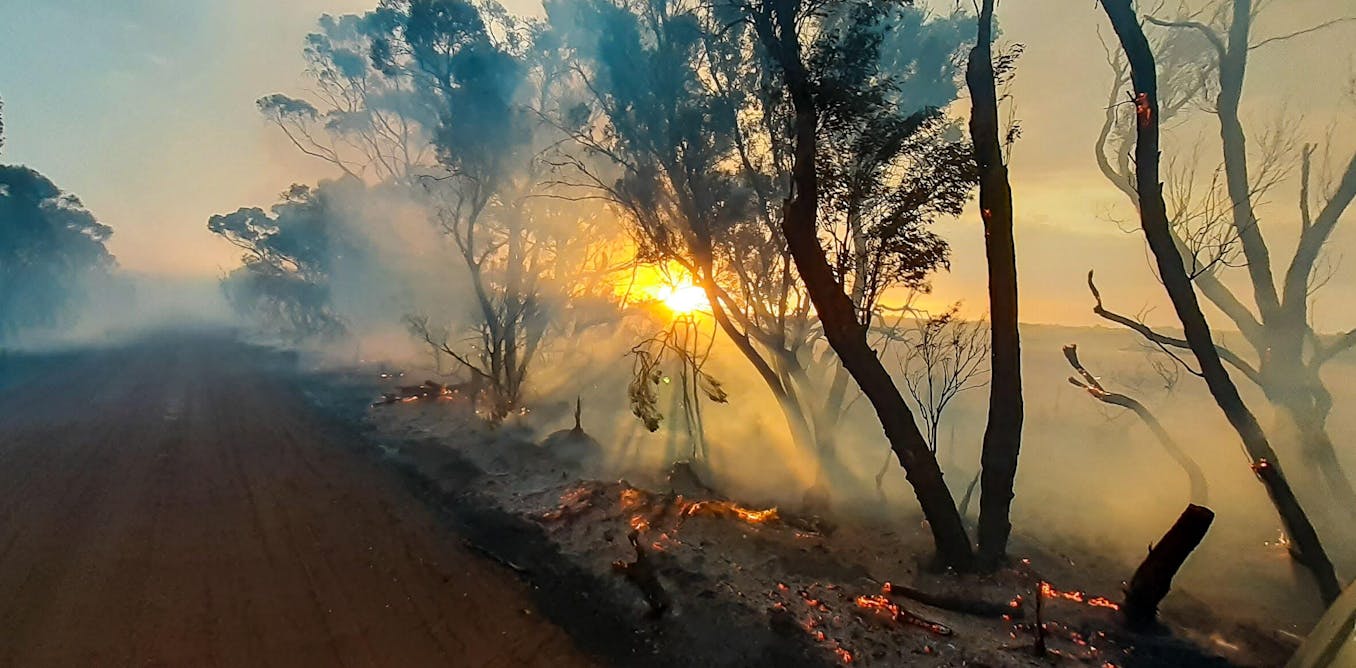The Relevance of Bushfire Management in Fire Security
In the realm of fire security, the significance of effective bushfire monitoring can not be downplayed. As neighborhoods around the world grapple with increasing circumstances of wildfires, the positive method to stop and reducing these natural calamities with calculated bushfire management strategies has arised as an essential component. Past the instant danger to human life and residential property, the interaction between bushfire monitoring and environmental conservation, neighborhood involvement, and environment change postures complicated obstacles that need comprehensive remedies.
Significance of Proactive Bushfire Avoidance
Aggressive bushfire prevention strategies are important in reducing the devastating impacts of wildfires on neighborhoods and environments. One essential aspect of aggressive bushfire avoidance is fuel monitoring.
Enlightening the public on fire safety and security methods and advertising community understanding regarding the value of bushfire avoidance are vital parts of positive methods. Eventually, aggressive bushfire avoidance plays a considerable duty in securing communities and ecosystems from the devastating influences of wildfires.
Role of Community Engagement in Fire Security
Involving the neighborhood in fire protection initiatives is important to improving the performance of aggressive bushfire avoidance approaches. Area involvement plays a critical duty in fostering a collective understanding of the threats positioned by bushfires and the importance of preparedness measures. By including regional residents, authorities can disseminate important details on fire safety methods, discharge procedures, and very early warning systems, empowering individuals to take proactive actions to safeguard their lives and homes.
By cultivating a society of preparedness and collaboration, communities can strengthen their capability to react efficiently to bushfire emergencies, decreasing the effect on lives and homes. Ultimately, area involvement is a keystone of thorough fire defense strategies, emphasizing the relevance of cumulative activity in guarding prone areas from the risk of bushfires.
Significance of Wild Animals Preservation in Bushfire Management
Conservation of wildlife plays an important role in effective bushfire monitoring strategies, guaranteeing the defense of diverse environments and biodiversity in fire-prone areas. Wild animals conservation is essential as it adds to the overall durability of communities, helping in their capacity to recoup and stand up to from the impact of bushfires. By saving environments and protecting different types, the all-natural balance within these environments is kept, which is vital for their lasting health and sustainability.
Additionally, wild animals conservation also assists in reducing the risk and intensity of bushfires. Healthy ecological communities with well-preserved wildlife populations can serve as natural firebreaks, decreasing the spread of fires and restricting their devastating potential (BMP). Particular pet species, like burrowing animals or birds that spread seeds, play distinct functions in protecting against fires or aiding visit site in the post-fire regeneration of habitats
Incorporating wildlife preservation into bushfire administration techniques is not just essential for protecting biodiversity however likewise for promoting the overall health and resilience of environments when faced with enhancing fire dangers.
Advantages of Strategic Fuel Reduction Programs
Strategically executing fuel decrease programs is necessary in alleviating the threat and influence of bushfires in fire-prone areas. These programs entail controlled burning, mechanical clearing up, and various other approaches to minimize the amount of combustible greenery offered to fuel wildfires. By purposefully decreasing gas tons in vital areas, such as close to property communities or critical framework, the strength and spread of bushfires can be dramatically reduced.
One of the key benefits of gas reduction programs is the improvement of overall fire strength in an environment. By creating calculated fuel breaks and minimizing the connection of greenery, these programs aid to interrupt the course of a bushfire, making it simpler for firemans to contain and snuff out the blaze. Furthermore, gas decrease programs can protect biodiversity by preventing exceedingly intense fires that can ruin habitats and threaten wildlife populaces.
In addition, these programs can likewise protect human lives and home by lowering the threat of disastrous fires that position a significant threat to neighborhoods. Inevitably, tactical gas reduction programs play a critical function in proactive bushfire monitoring and promoting a safer atmosphere for both people and nature.
Influence of Climate Adjustment on Bushfire Risk

Greater temperature levels result in drier plants, making it more prone to ignition. Lowered rainfall in certain areas lengthens drought conditions, additionally boosting why not try here the flammability of the landscape. Additionally, the changing climate has actually modified wind patterns and weather, causing even more irregular fire behavior and rapid fire spread.
As the climate continues to alter, the regularity and strength of bushfires are anticipated to rise, necessitating a flexible and aggressive strategy to bushfire monitoring. Techniques need to progress to represent the transforming threat landscape, including environment projections and thinking about long-lasting durability in fire administration preparation. Attending to the influence of environment adjustment on bushfire danger is critical in creating effective techniques to safeguard lives, property, and the environment.
Conclusion
To conclude, positive bushfire prevention, neighborhood interaction, wild animals conservation, calculated fuel reduction programs, and consideration of climate change are visit homepage vital parts in reliable fire defense. By applying these methods, we can better manage bushfire dangers and secure both human lives and the environment. BAL Assessment. It is important that stakeholders collaborate to prioritize these actions to lessen the disastrous effect of bushfires on environments and neighborhoods

As the climate proceeds to transform, the frequency and intensity of bushfires are anticipated to increase, requiring a proactive and flexible approach to bushfire monitoring.In final thought, proactive bushfire avoidance, neighborhood interaction, wild animals conservation, tactical gas decrease programs, and consideration of environment modification are essential components in reliable fire protection.